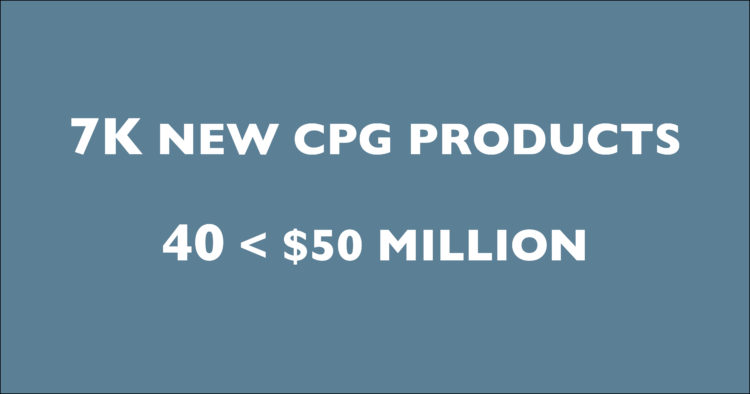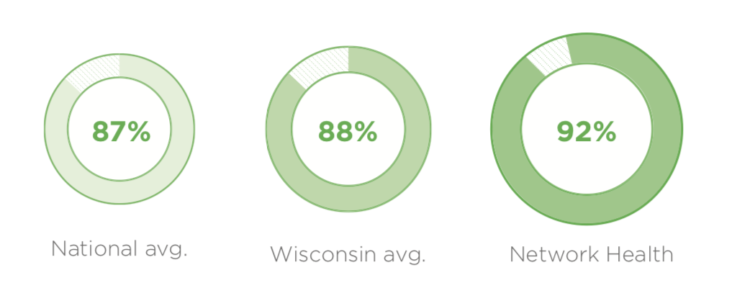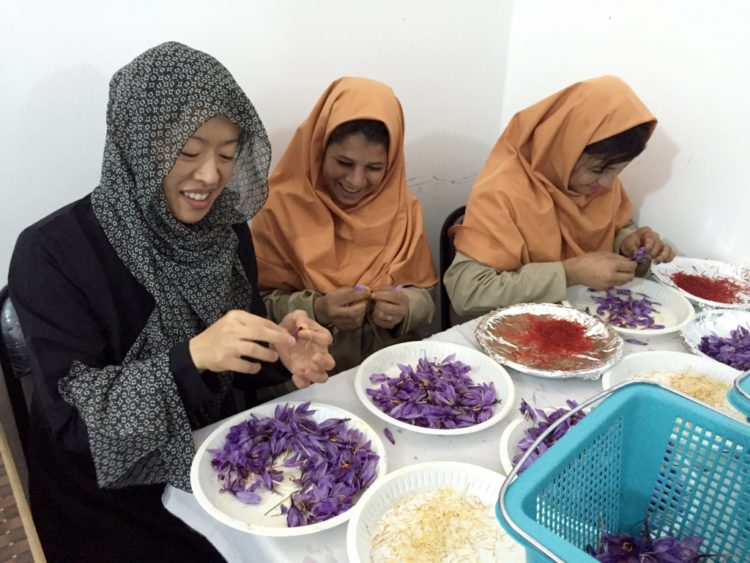
With the world rapidly changing, distributed work teams are struggling to understand exactly what consumers want. And without the right design strategy, it is unclear if a new product (or service) is even of value to consumers’ quickly evolving habits.
Consider this sobering statistic from innovation leader and Harvard Business School Faculty member, Bob Moesta, even in a pre-pandemic economy…
“The CPG industry launches over 7,000 new products every year and less than 40 make over $50 million.”

So, how do those 40 achieve success?
They remain customer-focused and user-centric by involving consumers in the design process.
We call this co-creation.
In an interview with Bosch Global’s IT Innovation Lead, Dennis Boecker said,
“The only way to address the speed you need in the market is partnering and co-creating solutions.”
As explained in our Marketing Minute video, co-creation is the design of new products, services, experiences, or business models in a collaborative environment. It gives everyone – employees, customers, and non-customers – a seat at the design table and allows all voices to be heard in a collaborative and interactive space. Implementing a co-creation strategy allows brands to hear input and ideas from all parties involved in the creation and use of their products/services, in turn, allowing them to create what consumers truly desire.
Utilizing co-creation can improve product/service design, boost market/customer loyalty, support employee engagement and customer experience, increase sales/revenue opportunities, and provide a competitive advantage for brands.
According to Forbes, although we can all point out innovation in product development and marketing that has sprung from the brilliance of one mind, the truth is that most innovation happens when co-creation is at the center of the process. That usually means involving not only the internal resources of the company and team charged with innovating but also the external influence of its customers and the corporate culture.
Implementing a co-creation strategy within your company may sound complicated or conceptual, but it is quite simple at its core.
Before bringing in any customers or non-customers to gather input, it is vital to first understand your buyer personas to ensure you are speaking with the right people. Once identified, bring these consumers inside the walls of your organization and make them part of the process by allowing them to work hand-in-hand with your employees.
“As we entered a new decade in 2020, people suddenly realized how much the world has changed in just 10 years. And, with coronavirus, the last six months has changed even faster. This requires innovation to not just survive, but thrive. One of the best ways to accomplish that is through a co-creation strategy.”
– Brian Walker, CEO of AE Marketing Group
Since launching the Co-Creation Lab Series™ in 2013, AE Marketing Group has guided companies along their co-creation journeys. We work with executives, employees, customers, and non-customers at healthcare companies, CPG brands, nonprofits, and more, to help them create better products and services together.
In health insurance, an industry that has historically lagged behind in terms of customer experience improvements, we saw room for change. Leadership at Network Health, a Wisconsin-based health insurance company, realized that they were assuming too much about what their customers wanted and they sought genuine input from customers and non-customers.
AE Marketing Group used a co-creation strategy to launch the Co-Create Wisconsin Movement, which empowered consumers across the state to share their ideas and work hand-in-hand with Network Health to improve the health insurance experience from the outside-in by designing new products, services, and experiences – together. As a result, customer satisfaction at Network Health increased to 92%, exceeding Wisconsin and national customer satisfaction levels.

AE Marketing Group also helped CPG brand Rumi Spice, a social enterprise sourcing the world’s rarest spice – saffron – through its network of Afghanistan farmers. We conducted a series of co-creation labs that brought together experts in eCommerce, CPG, storytelling, Amazon, retail, digital, and more to help diversify Rumi’s marketing channels. As a result, Rumi Spice became the first Afghan product to roll-out nationally at Whole Foods Market and 2018 brought record revenue growth.

Outside of our own company, many well-known organizations utilize a co-creation strategy to involve customers, improve CX, and/or inform the design of their products and services. In fact, according to a recent IBM global research study, 66% of leading CMOs are using co-creation and customer collaboration. And, it is having a huge impact on their businesses.
In an interview with Signify’s Head of Co-Creation and People Insight, Maarten Pieters said,
“When we utilize co-creation, we end up with something more valuable and we get there faster. This is because, instead of trying to figure out what we think is right and making mistakes internally, we interact with the user earlier and avoid making the wrong decisions.”

A well-known company that was founded on co-creation is Away Luggage. Before Jen Rubio founded AWAY, she first spoke to 800 people about what they would want in a piece of luggage. This information outlined how she would design her products.
Additionally, a few years ago, Domino’s launched Pizza Mogul, a create-your-own-pizza campaign, which allowed customers to design their own pizzas, share them through their social networks, and get paid between $0.25 – $4.50 every time someone bought one.
According to Customer Think, one of the most well-known and successful examples of co-creation with customers is the incredibly robust Lego Ideas program. Customers can submit their own Lego set ideas to the site, then other customers vote these ideas up or down. Lego then picks winning sets to produce based on popularity.
If you want to create products or services in 2020 that will actually sell, you will need to design products and services, not just with consumers in mind, but in tandem with consumers.
If you’re interested in learning more about co-creation, be sure to contact us.